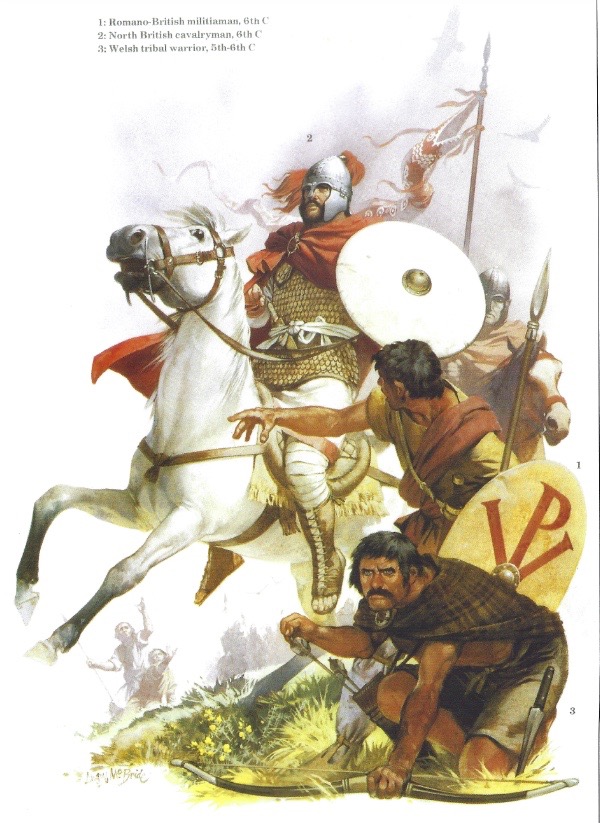I wonder if I cannot expand the idea of an encounter to include several plies. The original design has just a node with multiple options for the player, each option with several possible reactions for the antagonist. But what if the reaction from the antagonist could feed directly into another encounter? It shouldn't be difficult to implement.
I have decided to dispense with the katerfaks' stirrups. They're neither necessary nor appropriate. I'm still trying to decide on army sizes. My original plans called for battles with just a few dozen men, so as to accentuate the dramatic elements, but inasmuch as most of the real battles involved only a few hundred men, it's tempting to make the jump to reality. However, Arthur's army was entirely cavalry, while the Saxon fighters were all infantry. That pretty much requires that Arthur's men be professionals, or at least specialists.
Perhaps I should give each of the main characters a few dozen to a few score men, with Lancelot's being katerfaks. The entire army would add up to a few hundred. That's small enough for the battles to be permanent, but large enough that casualties don't have quantum effects.
Here's a classic image by Angus MacBride showing what Arthur might have looked like:

Note the absence of stirrups. Without stirrups, horsemen couldn't have much impact; they were too easily dislodged. Still, these men fought with lances and swords. I'm still uncertain as to how they fought; did they wade right into the enemy infantry? Or did they stand off and use missile weapons? Still, by using their knees to hold on to the horse, they might have been able to shove their lances through wooden infantry shields.
I'm also uncertain about the use of archery; my sources say that both conventional longbows and the short compound bows used by Parthian cavalry have been found in England. I would suppose that infantry used longbows and the cavalry used compound bows. But I'll have to build that into the system.
